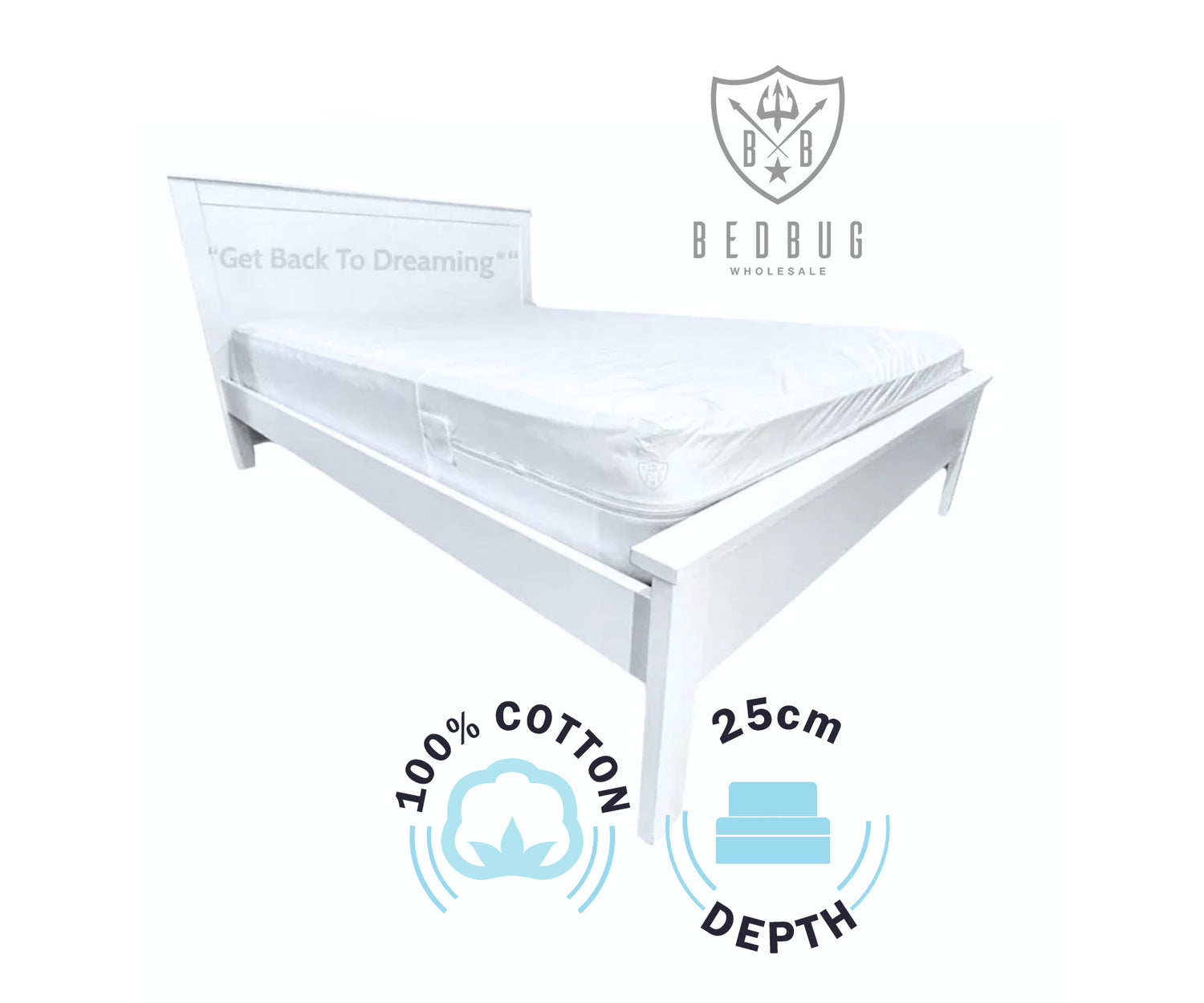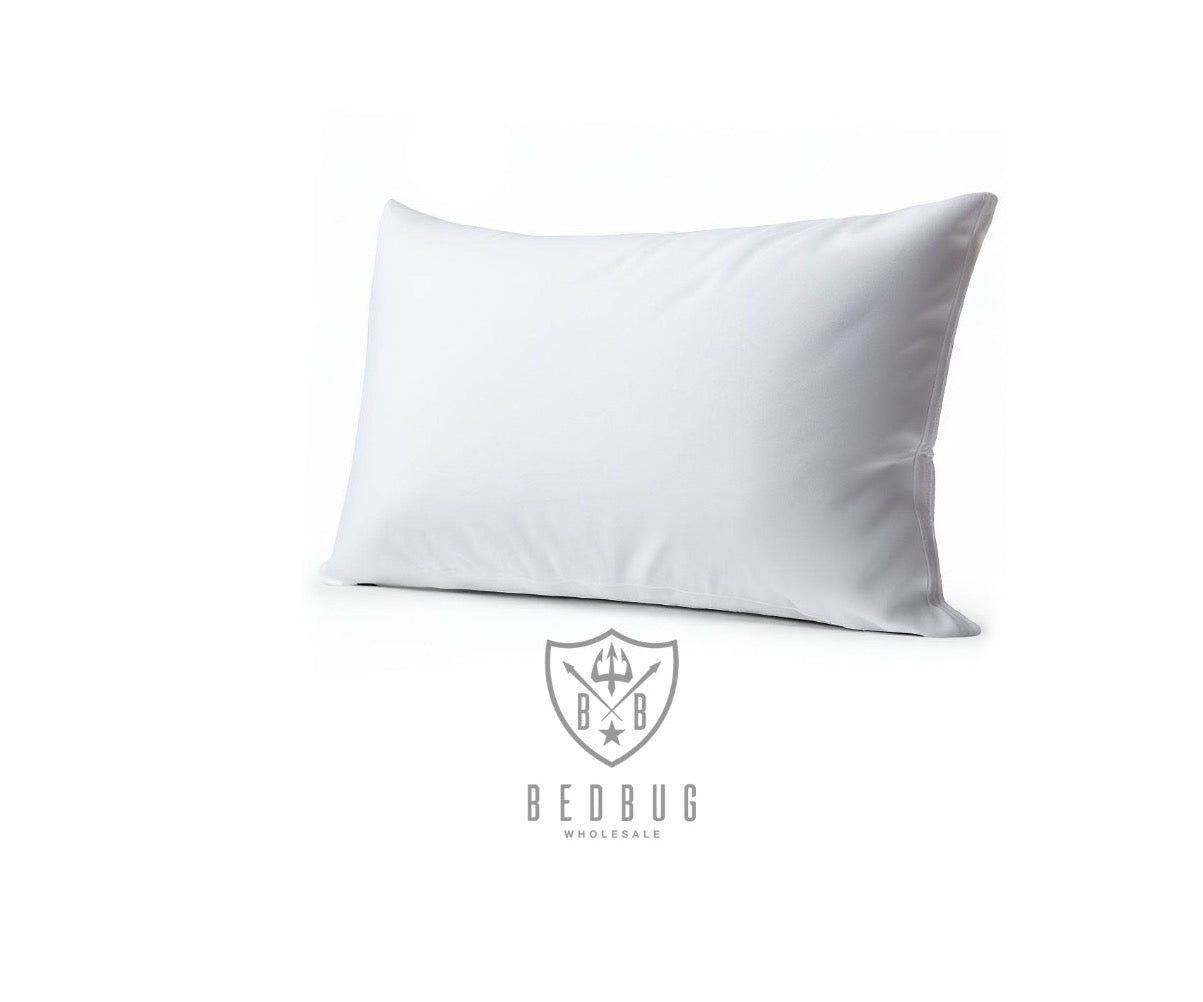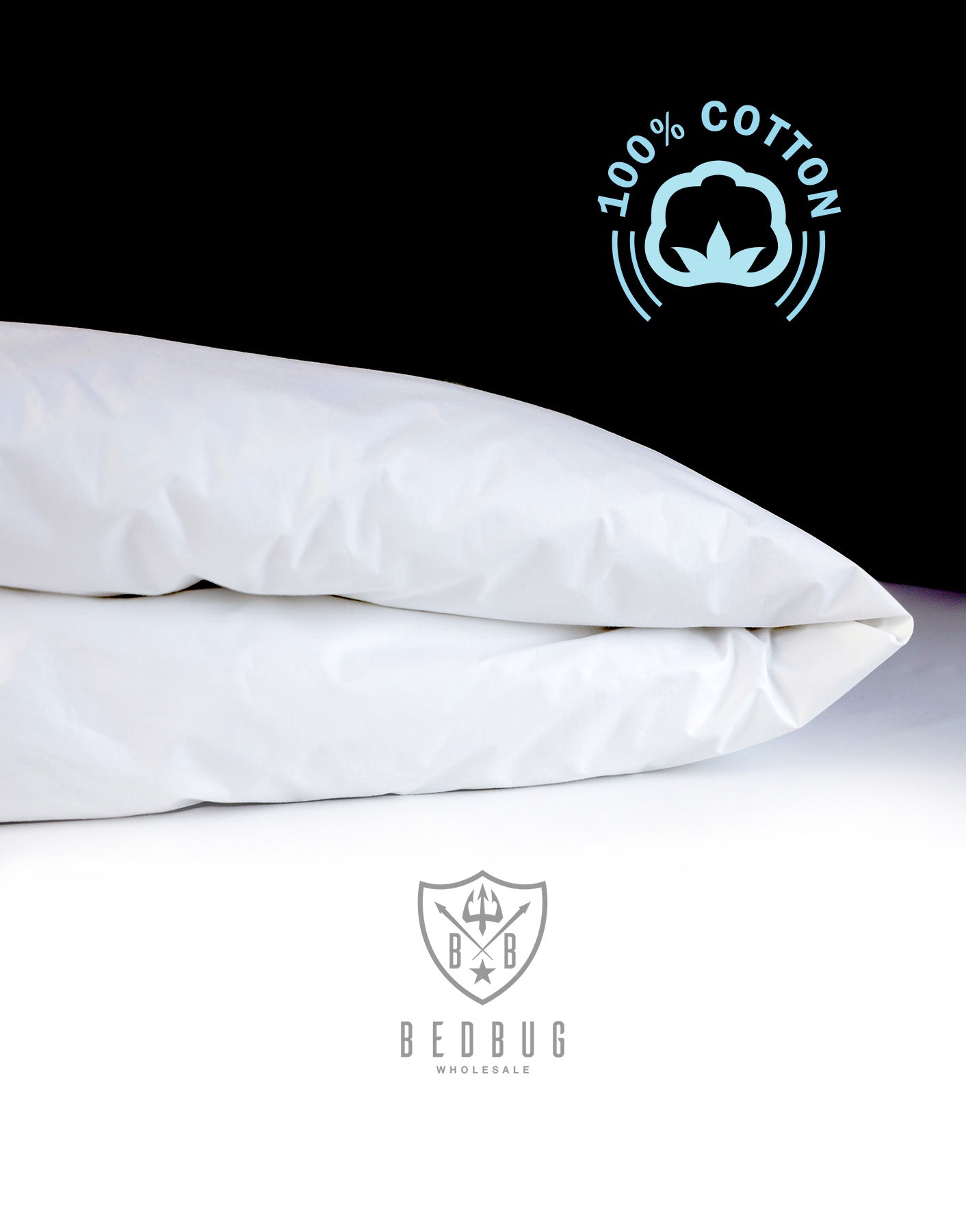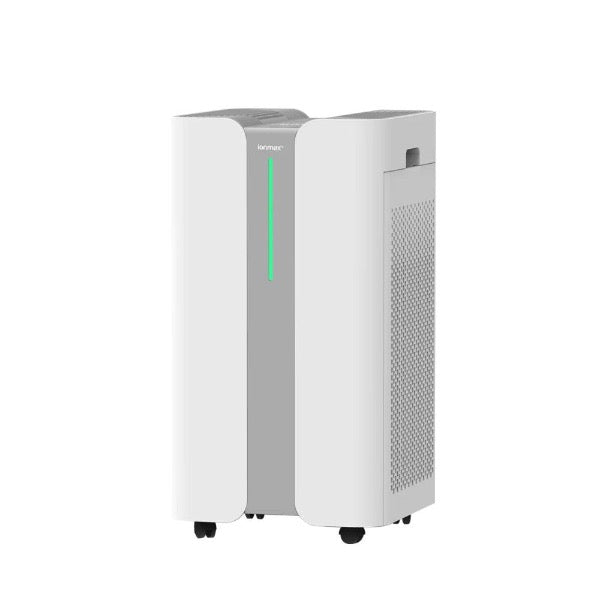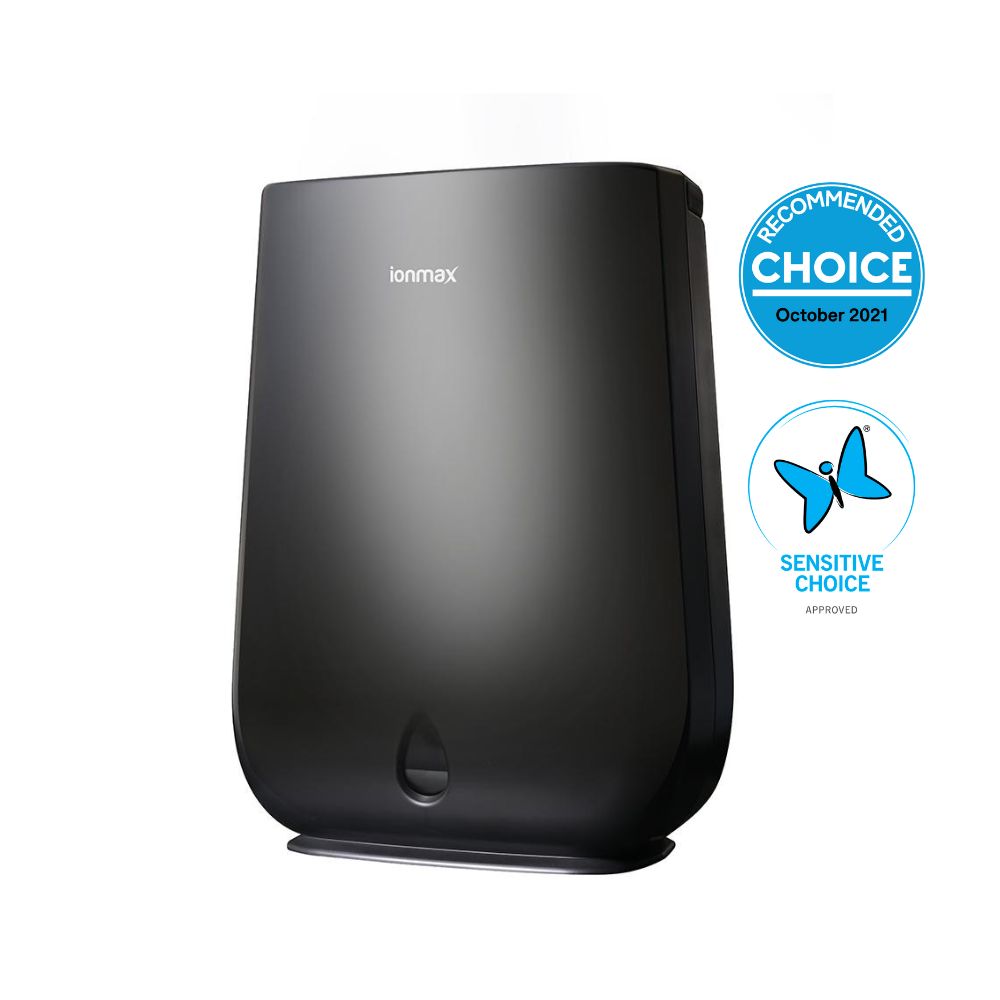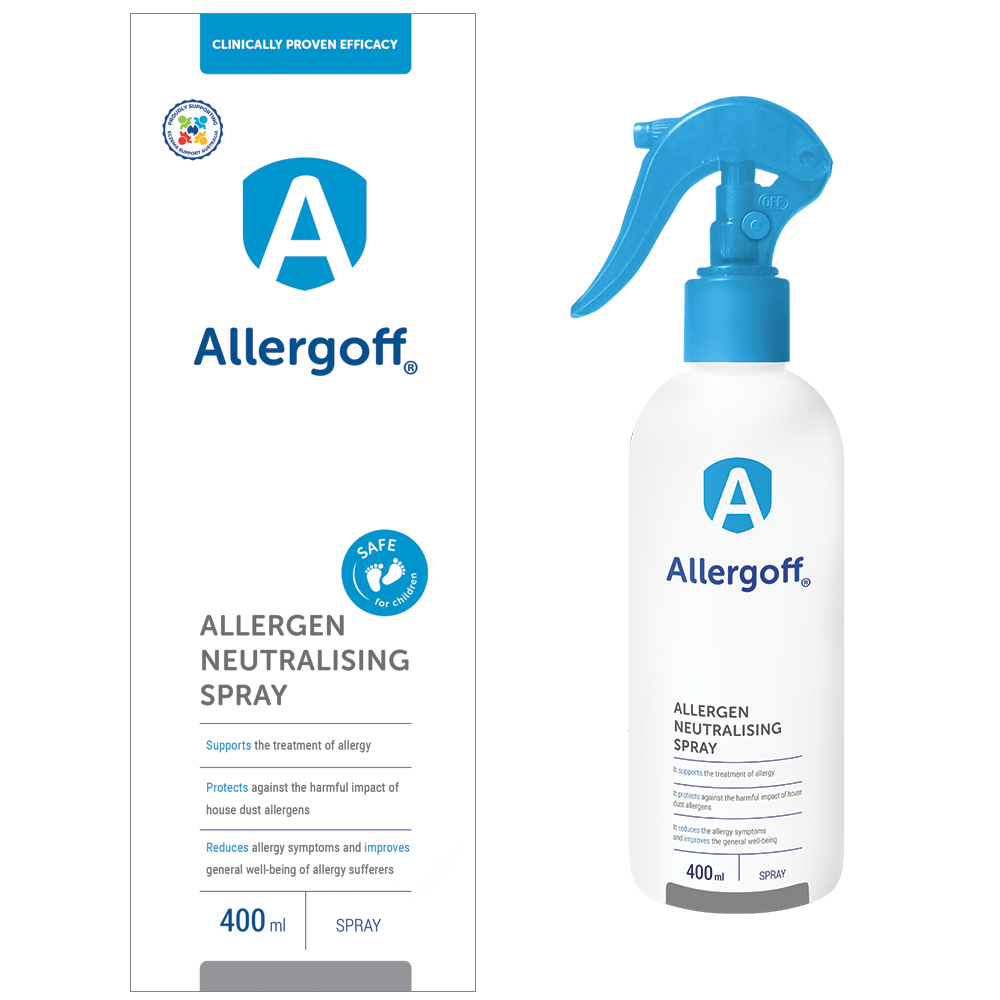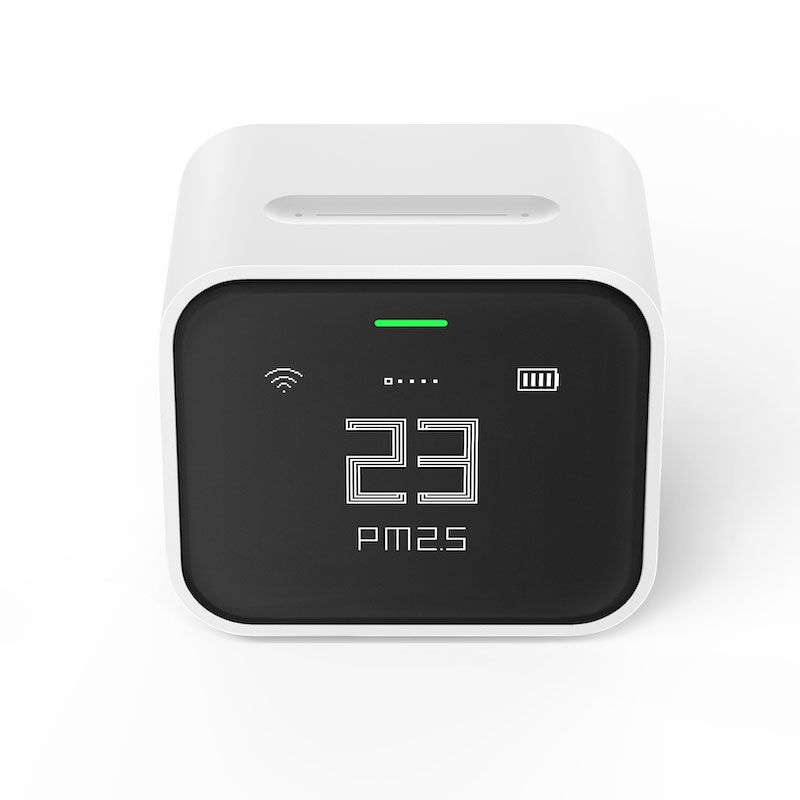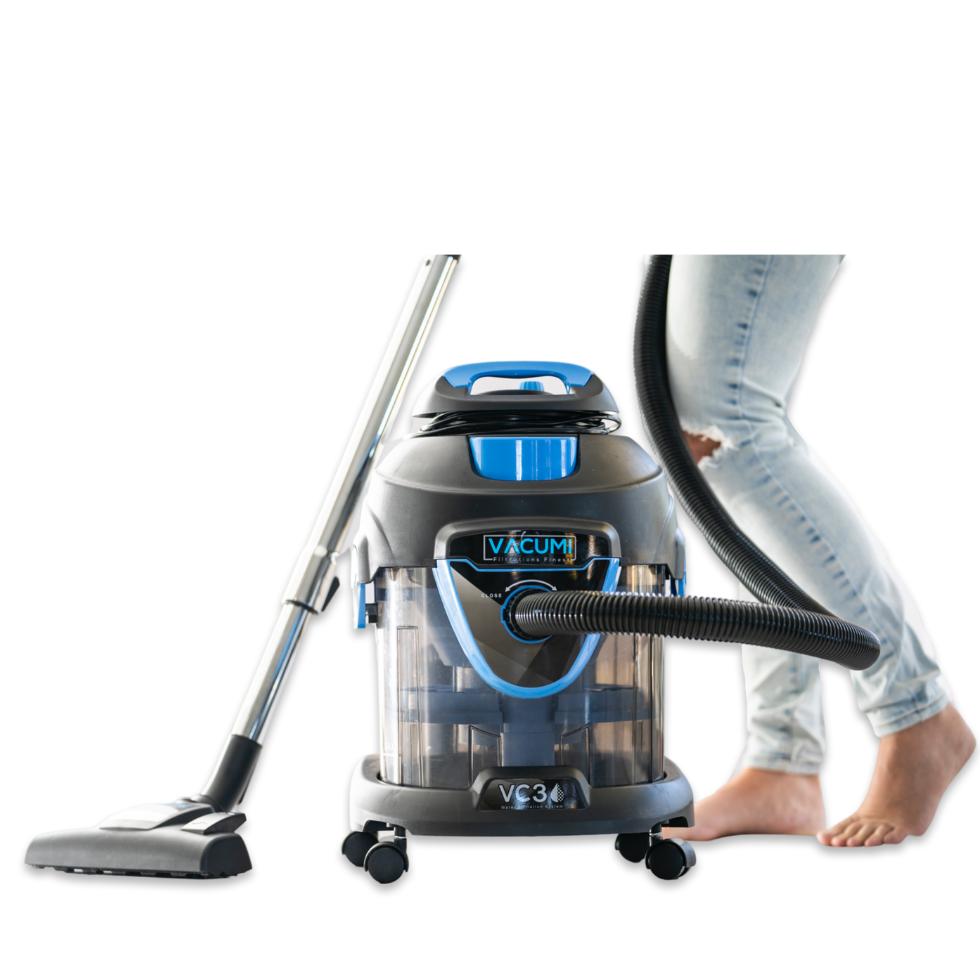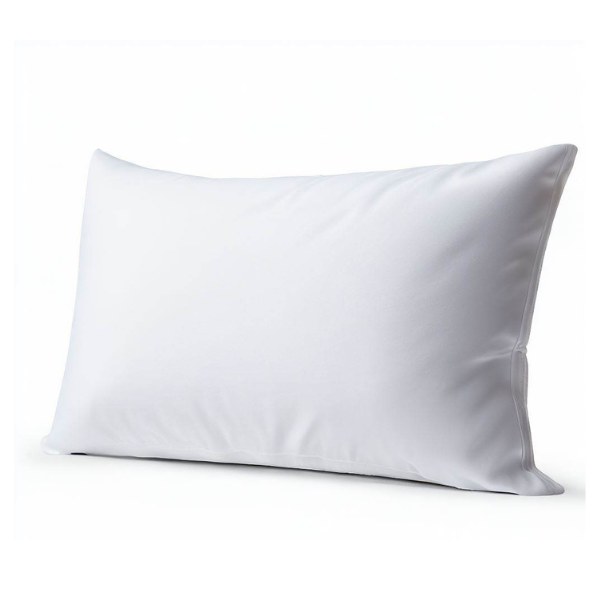Dust mites are tiny bugs that thrive in warm, humid environments and feed on dead skin cells. They're a common allergen source within homes, particularly in carpets where they can live and breed.
Carpets vs hard floors when dealing with dust mite allergies
In an ideal world, every person who has dust mite allergies would get rid of their carpets, curtains, sofas and other soft furnishings and would stop struggling with allergies. However, a big change like carpets vs hard floors is a very expensive option and not always possible. So, how can we get rid of dust mites in carpets?
What causes the allergy?
Contrary to popular belief, the allergen is not necessarily the live dust mite, it is their feces and minuscule decomposed and broken body parts (Mayo Clinic). Therefore, while killing dust mites is part of the battle, the other part is removing these particles from the environment. Here are the tools that we found most helpful to get the job done.
Tools to get rid of dust mites in carpets
Vacuum Cleaner with a HEPA Filter: Vacuum at least once a week, and more frequently in high-traffic areas. Make sure your vacuum has strong suction, traps allergens and does not release them back into the air and has HEPA filters.
Steam Cleaner: Dust mites can’t survive in high heat. Anything over 60C is lethal to them. Steam cleaning is an excellent option when it comes to killing dust mites in carpet. There are various steam cleaners, from very cheap options to more expensive options.
Air Purifier: While air purifiers won't remove dust mites from carpets directly, they can help reduce airborne allergens, including dust mite particles.
Dehumidifier: Dust mites thrive in high humidity environments. Using a dehumidifier to maintain indoor humidity levels below 50% can make your home less hospitable to dust mites.
Washing Beddings and Rugs: Regularly wash all bedding, curtains, and any washable rugs in hot water (at least 54°C or 130°F) to kill dust mites.
For things that can't be washed, consider using a dryer on a hot setting for at least 15 minutes.
How to get rid of dust mites in carpets naturally
To naturally get rid of dust mites in carpets, you can try several effective methods:
- Maintain Low Humidity: Dust mites thrive in high humidity. Keeping indoor humidity below 50% can help reduce their numbers.
- Steam Cleaning: Hot steam kills dust mites effectively. Steam cleaning your carpets can reduce the mite population by penetrating deep into the fibers.
-
Frequent Vacuuming with HEPA filter: Use a vacuum cleaner with a HEPA filter to capture as many dust mites and their allergens as possible.
-
Diatomaceous Earth: Sprinkle diatomaceous earth on the carpets, let it sit for a few hours, and then vacuum it up. This natural substance can dehydrate and kill dust mites.
-
Essential Oils: Add a few drops of eucalyptus, tea tree, or peppermint oil to water and spray it on your carpets. These oils are known to repel dust mites due to their natural acaricidal properties.
Effective chemical strategies for eliminating dust mites in carpets
-
Acaricides: Use commercially available acaricides specifically designed to target dust mites. These chemicals can effectively reduce mite populations when applied according to the manufacturer's instructions.
-
Carpet Shampoos with Miticides: Some carpet cleaning shampoos include miticides that can kill dust mites during routine cleaning.
- Sprays: Anti-allergen sprays that deactivate allergens, including those from dust mites, can be used on carpets. These aren't always insecticidal but can help reduce allergic reactions.
Carpet cleaning options to get rid of dust mites
There are various ways to clean carpets. Each method has its own benefits and drawbacks, so the choice depends on your specific needs, carpet type, and sensitivity to chemicals.
-
Regular Vacuuming
- Pros: Removes dust mites and allergens from the surface; quick and easy to do regularly.
- Cons: May not eliminate mites deeply embedded in the carpet fibers without a HEPA filter.
-
Steam Cleaning
- Pros: Effectively kills dust mites with high heat and penetrates deep into carpet fibers.
- Cons: Can lead to mold growth if the carpet doesn't dry properly; not suitable for all carpet types.
-
Dry Cleaning
- Pros: Uses chemicals that can kill dust mites; less drying time required.
- Cons: Chemicals used can be harsh and not eco-friendly; potential residue might affect indoor air quality.
-
Baking Soda Treatment
- Pros: Natural and safe method; helps to deodorize the carpet while absorbing moisture and allergens.
- Cons: Requires thorough vacuuming afterwards; effectiveness depends on contact time and may not kill mites.
-
Professional Carpet Cleaning
- Pros: Deep cleaning using advanced techniques and commercial-grade products; often more effective at removing allergens.
- Cons: More expensive than DIY methods; scheduling and service may vary.
How often to clean carpets after getting rid of dust mites
- To keep dust mites at bay, consider steam cleaning your carpets every few months, especially in humid conditions where mites thrive. Also, maintaining a lower humidity level in your home through dehumidifiers or air conditioners can make your living space less inviting for dust mites. Make sure you follow carpet manufacturing instructions and check if it can be steam cleaned.
- Regular vacuuming with a HEPA filter vacuum is also essential between steam cleaning sessions to minimise dust and potential allergens.
- How to prepare the room before cleaning
- Declutter the area and move small furniture out of the way.
- Wipe down and dust all your fan blades, walls, skirting boards and corners.
- It’s essential to vacuum slowly and meticulously, allowing the vacuum to suck up as much dirt and debris as possible.
- Pay extra attention to areas that get a lot of foot traffic, as well as spots where dust tends to accumulate, such as under furniture, corners and along baseboards.


